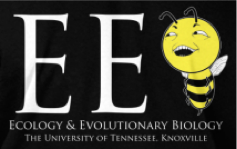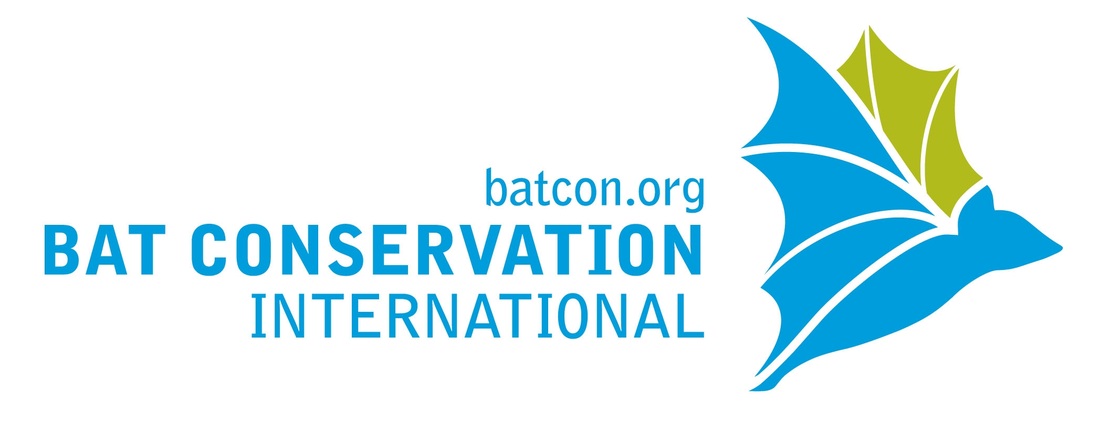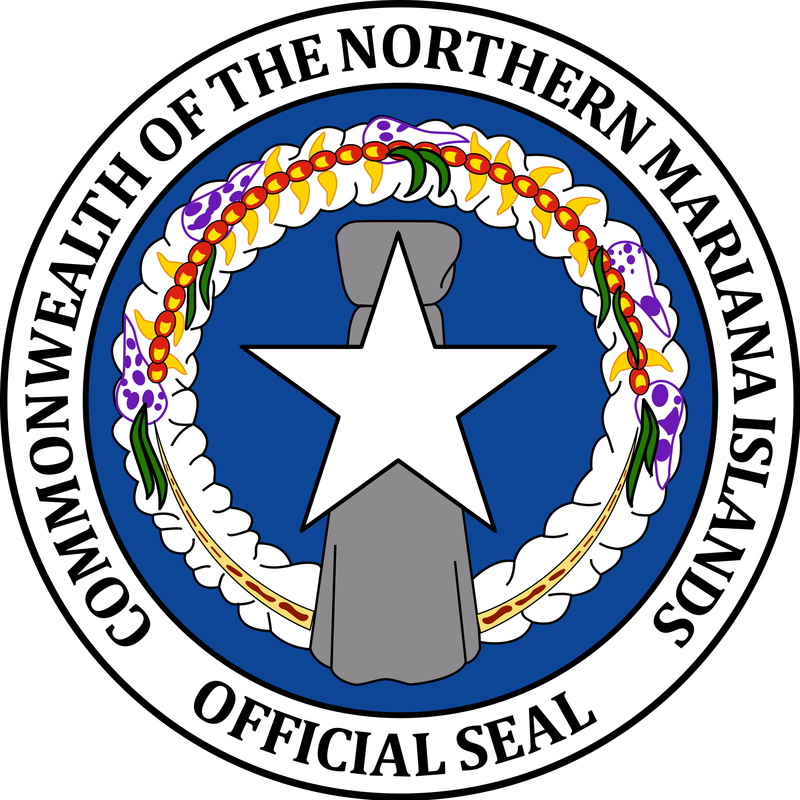Thanks for visiting my blog for the Sigma Xi Student Research Showcase. Please view the video below to learn more about me and my dissertation research.
|
The impacts of two ubiquitous invaders on an endemic island bat
Endangered and extinct species occur disproportionately on islands at least partly because island communities are compromised more than mainlands by disturbance. Bats are the only mammals native to most oceanic islands, and they play a significant role in ecosystem function. Invasive species often devastate isolated islands, because island biotas evolved with few predators, pathogens, and vertebrate herbivores. Except for pathogen invasions, there is little research on invasion impact on bats. The Pacific sheath-tailed bat (Emballonura semicaudata rotensis) is an endangered insectivore present only on Aguiguan Island, Commonwealth of the Northern Mariana Islands. This research aimed to inform conservation management by evaluating effects of invasive lantana and goats on E. s. rotensis. We asked the following questions: (1) Do bats behave differently in lantana shrub than in native forest, and what factors account for this pattern? and (2) Does vegetative cover reflect goat browsing, and is bat activity related to the structural complexity of native forest? We hypothesized that the two ubiquitous invaders negatively affect the bat by decreasing availability of suitable resources. Specifically, lantana may limit insect composition or abundances, and preferential browsing by goats may structure forests to be less suitable for bats. Bats were more active in native forest than lantana shrub, and when wind was strong, bats were relatively inactive in lantana shrub. There were more insects and feeding buzzes in native forest than lantana shrub, but variation in bat calls and activity was explained most by habitat, not insect abundance. Our results suggest that insect abundance is not the strongest driver of bat activity, and bats avoid lantana shrub except when commuting to forested sites. We found evidence that goat-browsing limits forest regeneration on Aguiguan, but feeding trial results did not support previous research that suggested goats avoid tree species that dominate small height-classes. Moreover, our study indicates a weak relationship between bat activity and presence of the most important tree species and suggests preferential goat browsing does not influence bat activity. Our research shows that the impact of lantana on the persistence of the bat has been underestimated, and it is unclear how goats alter Aguiguan’s native forest aside from reducing understory vegetation. We recommend long-term exclusion plots in native forest and lantana shrub to untangle possible effects of goat herbivory. This presentation illustrates the reasoning behind my hypothesis, how I collected the data, the results of my analyses, and implications for conservation. |
About MeI'm Jess, a PhD candidate in the Department of Ecology & Evolutionary Biology at the University of Tennessee. Learn more about me at my website. Study SiteI conducted my study on a small, uninhabited island called Aguiguan (ah-gee-gwan) in the Northern Mariana Islands.
Thank You |






